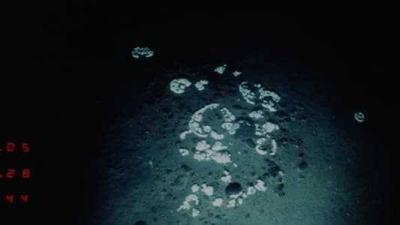Scientists have revealed a new type of marine bacteria from deep ocean sediments, enhancing the understanding of deep-sea environments and the microbial world in general. A team in China cultivated the bacteria in the lab using sediments from a cold seep, a specific pool of nutrient-rich fluid and mud at the ocean floor. The research team named it Poriferisphaera hetertotropicis, belonging to a poorly studied phylum of bacteria, despite its presence worldwide, from lakes to soil, playing a crucial role in recycling carbon and nitrogen.
Microbiologist Rikuan Cheng from the Chinese Academy of Sciences stated: "Most Planctomycetes bacteria have been isolated using nutrient-poor growth media. Therefore, we wanted to see if using a nutrient-rich medium would enable us to characterize this poorly understood family.” Cheng and his team's new approach in the lab simulates deep-sea conditions. The new bacteria P. hetertotropicis, labeled ZRK32, grew faster than other cultivated bacteria and multiplied differently than other similar strains. The budding mechanism, where mother cells develop buds that subsequently become their offspring, had not been observed before in Planctomycetes, possibly indicating the more unusual conditions in which this strain of bacteria lives.
The new species also appears to interact with nitrogen types—and the nitrogen cycle—in a novel way, coexisting with a specific type of virus that harbors the bacteria (phage) which helps it process nitrogen. All of this contributes to scientists' understanding of the chemical processes occurring in the ocean's depths. Microbiologist Chaoming Sun from the Chinese Academy of Sciences remarked: "Our analyses suggest that the ZRK32 strain is a new species, thriving better in nutrient-rich media and releasing phages in the presence of nitrogen. These ZRK32 phages live chronically within their host without killing it." Phages are also important to the nitrogen cycle, just like the bacteria they coexist with. Future research may explore how phage-ZRK32 interacts with other strains of Planctomycetes.




